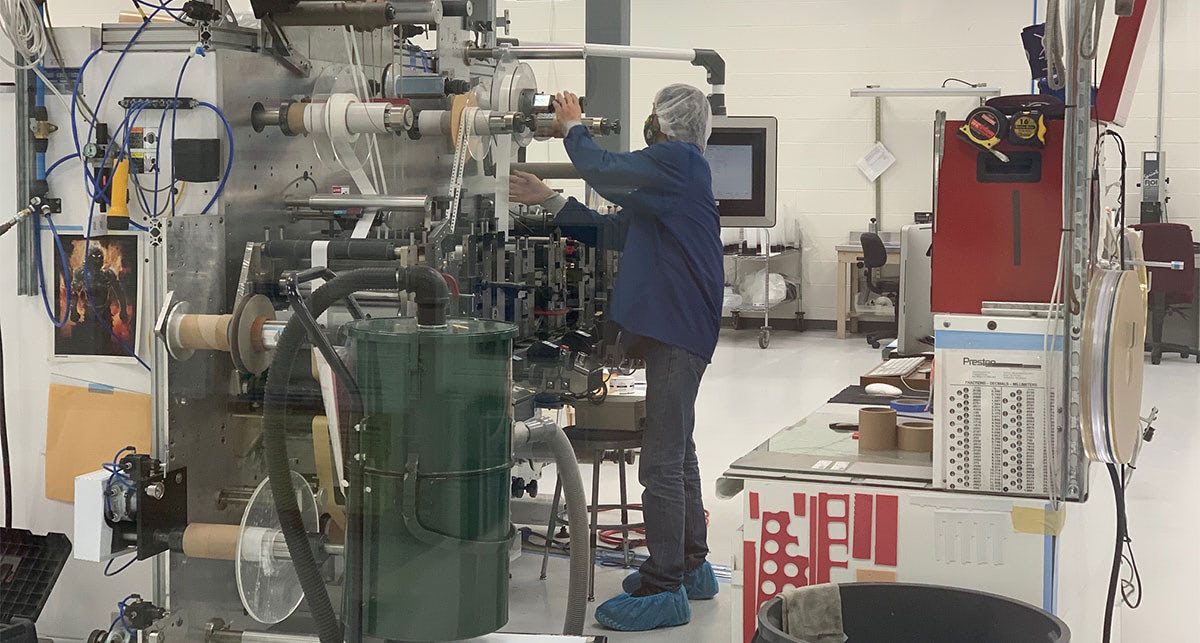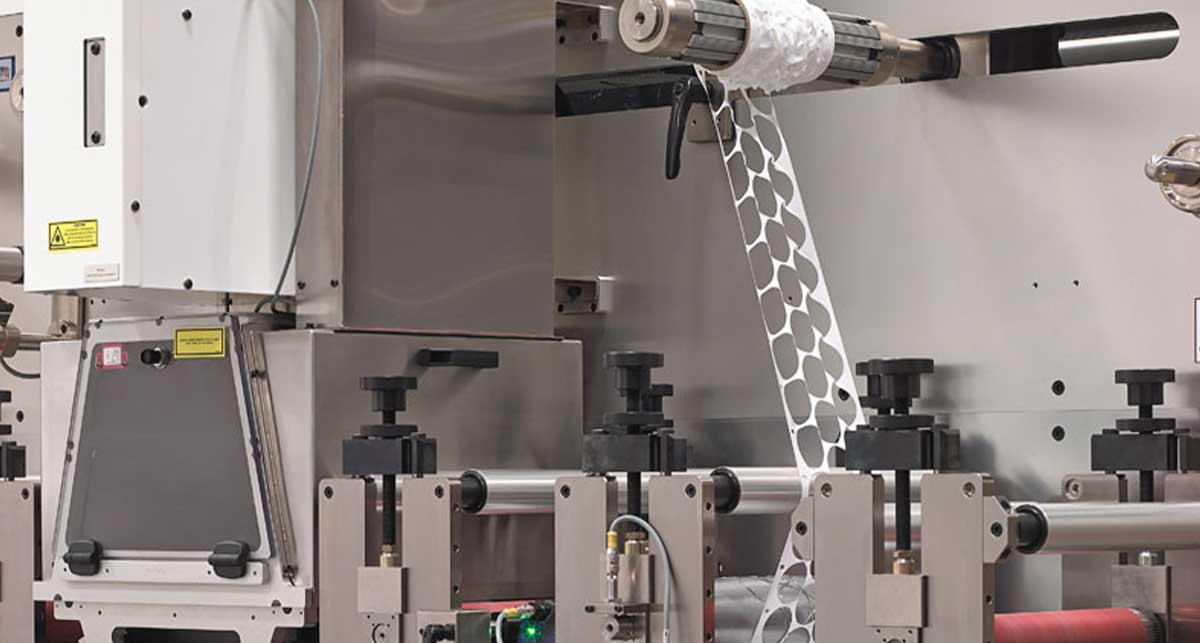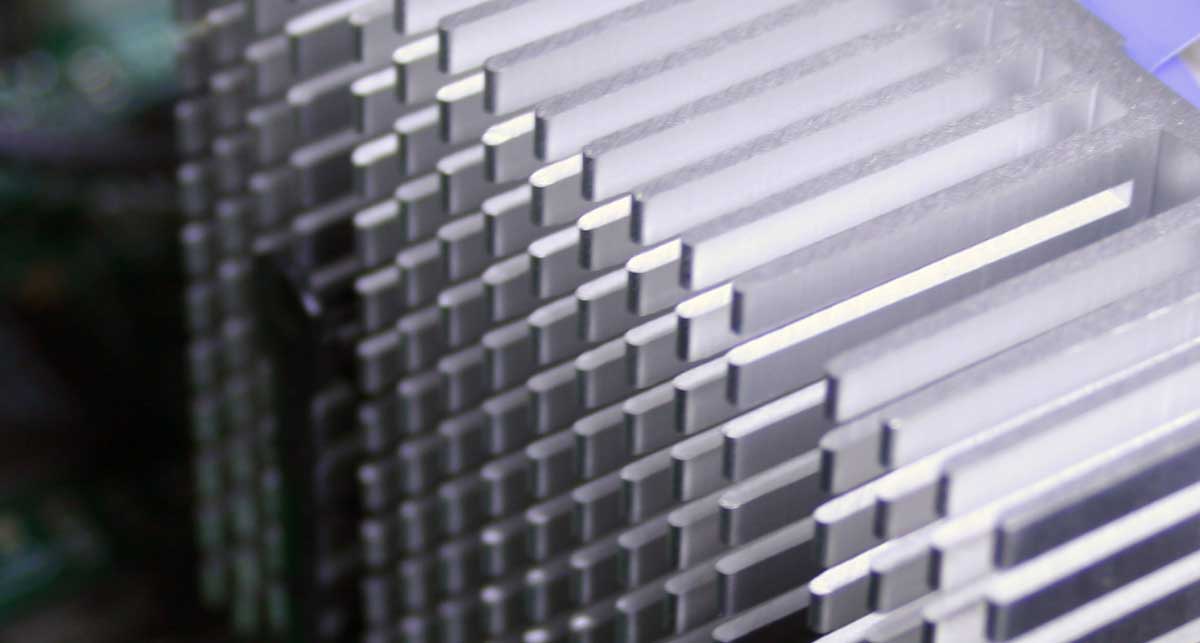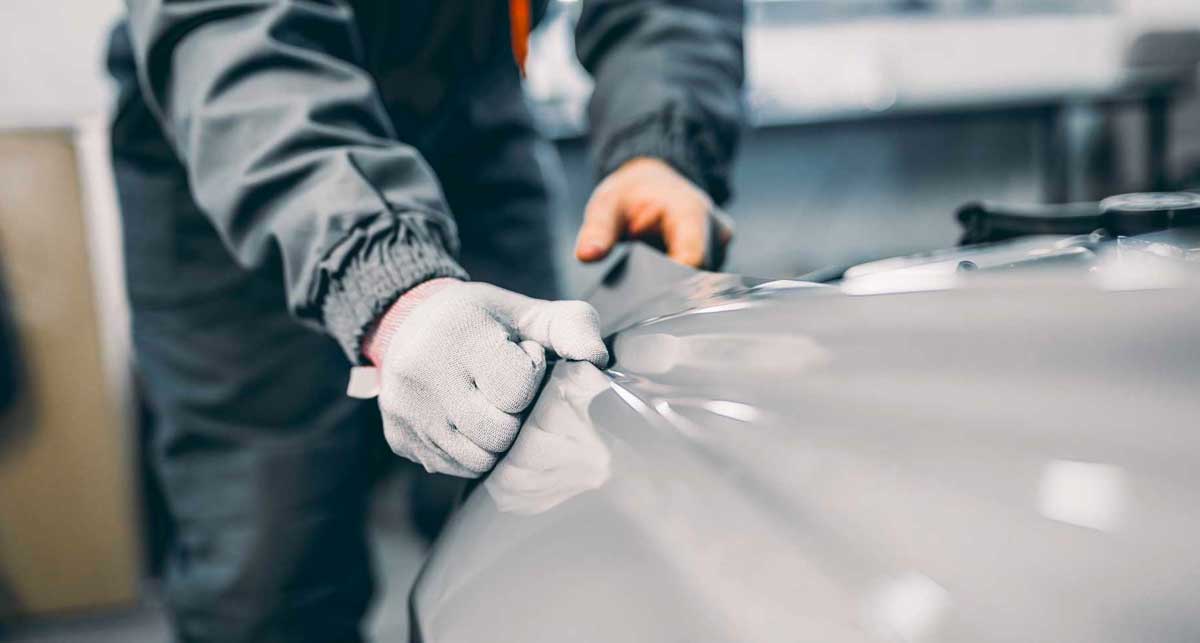You’re certain the moment it dawns on you: this is the next big thing.
Yet, your next task won’t be as simple as doodling a shape and mailing it to a team of engineers. Instead, there are multiple steps to complete on the front end of your business before your product ever sees a production line.
If I had a dollar for every inventor we talked to, I’d have enough money to quit writing and spend the rest of my days fishing the Potomac. Unfortunately, it isn’t enough to have a million-dollar idea if you can’t follow through.
Let's review the necessary preparation required to present your product idea to a manufacturer. This will additionally help you understand where you're at in product development and how to move forward.
8 Steps to Creating a Product and Presenting it to a Manufacturer
Inventors must recognize that approaching a manufacturer too early will frustrate everyone involved.
What would you do if you had the parts in your hands now without the means to store, package, or sell them? If you’re ordering parts without a plan, there’s a high chance you’re skipping critical steps that might come back to haunt you.
Presenting your idea to a manufacturer at the right time can lead to healthy suggestions for a cost-conscious design. So, when should you reach out? Here are the preparation steps you should take (not necessarily in order).
1. RESEARCH SIMILAR PRODUCTS
Like ripping off a bandage, look in the mirror and take a moment to recognize your idea might not be as unique as you’d hoped. As much as we’d all like to think we’re incredibly clever, product ideas overlap daily.
Here are two points to recognize when researching similar products:
- You WILL have competitors, and it’s in your best interest to know them
- It’s perfectly O.K. that your product isn’t 100% unique, so long as it can compete in another way
“If a competitor can outexecute a startup once the idea is known, the startup is doomed anyway. The reason to build a new team to pursue an idea is that you believe you can accelerate through the Build-Measure-Learn feedback loop faster than anyone else can.” — Eric Ries, The Lean Startup: How Today’s Entrepreneurs Use Continuous Innovation to Create Radically Successful Businesses
The majority of products are more functional/inexpensive alternatives to pre-existing ones. You're on the right track if you can confidently say that your product is unique compared to its competitors.
How will you remain competitive in the marketplace? What separates your product from all the others? You don’t have to solve every problem in advance, but knowing the big names in your industry will allow you to observe both their audience and how they push products to gain traction.
2. TEST FOR MARKET DEMAND
If you're anything like me, then you've probably seen a product on Shark Tank and thought to yourself, "Man... who on Earth would buy THAT?" before watching the contestant crash and burn. That is to say, although your product idea might seem like your baby, knowing when to kill your darlings is crucial for success.
First, you can begin by reading guides on market research to build the skills necessary to evaluate the current market and gain insight into where to channel future marketing efforts.
Once you’ve curated research knowledge, numerous options exist for testing market demand. Conduct entry-level surveys of your product using tools like SurveyMonkey to determine what individuals think about it, gain consumer feedback, and ultimately determine the strength of demand.
Another option is to monitor the market expansion and contraction over time and your competitors’ reactions. With a solid knowledge base about movement within your industry, you can anticipate future developments and adapt your strategy accordingly.
Ask yourself, "Is my product a business-to-business (B2B) creation that other companies will use during service or assembly, or is it made for consumers?" Where is this product sold, and what is the average audience you’re appealing to? These questions will help you prepare for deeper marketing conversations as you progress in the research process.
3. DRAW AN ACCURATE (TECHNICAL) DESIGN
Manufacturers can’t build accurate samples or final parts without knowing your drawing's dimensions. Yet, the truth is, there’s often a sweet spot between not having a design and approaching a converter with a fully-fledged design with little part manufacturability.
A lack of design will significantly delay your part’s production timeline. Even when the design is somewhat rudimentary, it still conveys valuable information about an object's size and shape.
If you’re wondering what measurements to include in your drawing, the answer is YES. Manufacturers basically need a measurement for every aspect of your product. One of the things that is important to keep in mind is which dimensions you have flexibility on. This will be beneficial when you talk to your manufacturer.
Because manufacturers offer different capabilities, inventors who lack drawings might benefit by seeking a design house to flesh out a product drawing before turning to a manufacturer. However, one might also visit a converter early in the process, as a converter might suggest additional features for usability or improve the design for manufacturability.
In our experience, it’s rare for customers to provide too much information about their product during manufacturing. Disclosing everything you know about the part use or specifications to your converter will likely be helpful for the coming process (and protected by a Mutual NDA).
4. CHECK OFF ANY NECESSARY LEGAL REQUIREMENTS
Depending on the nature of your product, there could be legal requirements and regulations to sort out before the design reaches production. Regulation checking may involve determining the IP standards, seeking FDA approval, or checking if your product meets additional country/province/state requirements.
While your manufacturer will check to ensure that the product meets certain design specifications based on the application, such as adhering to a particular type of material, the actual testing aspect of the product is largely left up to the customer. For example, you can specify that your gasket should seal out water, but the final testing to determine its IP rating will ultimately be left up to you as the customer.
Another consideration is whether filing a product patent and using a tool like Google Patents to check for similar patented designs is necessary. If you’re unsure how to start a business or file patent applications legally, companies like LegalZoom specialize in providing advice and assistance to new business owners.
Of course, in certain cases, like manufacturing medical devices, you often cannot obtain the certification without an accurate prototype. In these instances, all you can do is identify and inform your manufacturer of your product’s requirements to qualify.
5. FIND YOUR MATERIALS (OR SIMILAR ONES)
Suppose you create an innovative fruit label with high marketing demand. What will you do if the design only functions by using ink containing solvents?
Manufacturers can suggest specific materials based on your product application. However, even with the assistance, it’ll expedite your process to come prepared with an idea of the material you want. In converting, knowing which type of flexible materials you’re using helps you understand how challenging they'll be to source and manufacture, plus gain a cost estimate.
If you can’t find your desired material, think about the material your competitors use in their products. Is your part functioning with the same purpose? Researching and testing materials will prepare you for future conversations with your manufacturer.
6. BUDGET YOUR PRODUCT COST AND EVALUATE THE FEASIBILITY
Asking how much something costs isn’t as beneficial when you don’t know how much you’re prepared to spend.
You need to have a firm understanding of how much you can charge for your product. Also, you should know how much the assembly will cost (if applicable). Only then will you have an understanding of how much you’re able to pay for the individual components. Even if you’re unsure how to divide the different costs, establishing an initial budget might help you understand whether financing your project is feasible from where you currently stand.
Die cutting costs and other manufacturing processes can be expensive, which adds up when planning your project with a converter, which can take months of back-and-forth before you place the actual order. Budgeting money for the entire start-up lessens the fear of needing to abandon the project halfway through.
7. DISCUSS SCALING UP YOUR PRODUCT
“You will hit the ceiling on three different levels: as an organization, departmentally, and as individuals. In all of these instances, growth is your only option. If you’re not growing, be it internally or externally, you’re dying.” — Gino Wickman, Traction: Get a Grip on Your Business
Before you reach out to a manufacturer, there’s one last factor to consider: planning to scale up your product.
You may not realize it, but methods for producing small product quantities can look completely different from those for large-quantity batches. Are you creating a finite number of parts, or is this product (and your business) meant to continue expanding? Depending on your answer, a manufacturer might adjust your design for scaling to adapt it for a short or long-term press run.
8. SEEK OUT A MANUFACTURER
Are you ready to talk to a converter? If you’ve completed the steps above, all that is left is to seek a quote on your product.
There are different ways to qualify manufacturers to determine if they match your needs. Still, the first step typically involves researching their capabilities and deciding if they fit the scope of your project. After seeing their capabilities, you might contact them for a quote or offer to send your drawing. A Mutual NDA often precedes this step to protect the confidentiality of your design and manufacturing trade secrets.
Choosing a manufacturer depends on the capabilities you’re looking for and the complexity of the design you need to be produced. When in doubt, consider requesting a tour of their facility to verify its legitimacy when building your product.
What Problems Could You Encounter While Turning Your Idea into a Product?
There are bound to be obstacles when turning an idea into a product, but what are the leading causes of entrepreneurial mistakes?
Here are the most common setbacks:
- Lack of planning
- Absence of a design
- Budgetary issues
- Time commitment
- Lack of employees/labor
Leaping without looking can be a frustrating and humbling experience for any entrepreneur because your early choices may increase the difficulty of production. In addition, product orders might be expensive due to multiple initial investments based on tooling, design, and labor costs.
Creating a product based on an idea is like doing a start-up, which has a reputation in every industry as being a prolonged, emotionally draining experience. Do you have the money, time, and skills necessary to handle the initial start-up workload, or do you need to hire employees who can? If the answer is neither, you’re going to have a difficult time.
If you have the resources to do so, it’s relatively easy to find online classes from business schools that could be beneficial in preparing you for what’s to come. They’re not always the cheapest educational option, but they can cover everything from financing and funding to pitching to venture capital companies and angel investors. There are also more accessible business courses, such as free classes from Harvard. And if you have a current job, inquire about furthering your education to see what options are available.
If you’ve reached this point and feel like your product is ready for manufacturing, feel free to contact us and Start Your Project. We strive to make custom manufacturing as painless as possible, so that you can build high-quality products that match your goals.
Download our Product Design Guide and/or visit our Learning Center to learn more about what we do as a converter.
Originally published April 20, 2023







